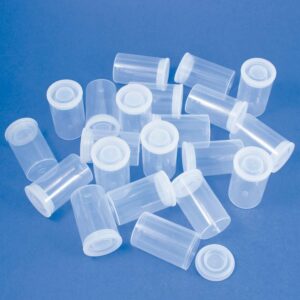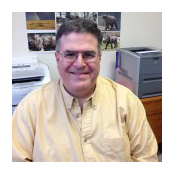 by: Dave Crowther
by: Dave Crowther
Recently, I was asked to visit a first grade classroom and teach a lesson on Solids and Liquids. As a university professor, I always get excited when I get to work with real kids in real classrooms – there is nothing like the passion that children have when they are actively engaged in doing science! So, after looking up the specific standards and objectives as well as perusing through the adopted curriculum for the school, I chose to explore ice melting as an introduction to the lesson (engagement), making ice cream in a bag (exploration), and then making Gak (white school glue, water and Borax) as both the elaboration and assessment.
Having taught elementary school as well as teaching science methods for over 15 years, I know, as well as all of you know, the importance of having a good plan and being as organized with materials as possible. This organization even goes to the extent of pre-measuring glue into individual 2 ounce portion cups and mixing up the Borax to the specified solution ratio and then putting all of this into plastic bins so that I could easily hand a bin with the materials to each group.
I was ready to go. I showed up at the school thirty minutes early with 2 copy paper boxes loaded up with materials, only to find out that our lesson would be delayed another thirty minutes due to an assembly. Not a problem, I had the classroom to myself and quickly organized the materials and was ready to go when the kids entered the classroom. Oh, the energy these wonderful children have! We quickly got out the science notebooks that are used in the classroom and we drew pictures of the ice cube as it melted for the first two minutes (about the entire attention span of all of these children.) Then we decided to see what we could do to melt the cube faster and the creativity kicked in.
Read the rest of this entry »
 by: Tami O’Connor
by: Tami O’Connor


 Posted by Tami O'Connor
Posted by Tami O'Connor 
 by: Dave Crowther
by: Dave Crowther